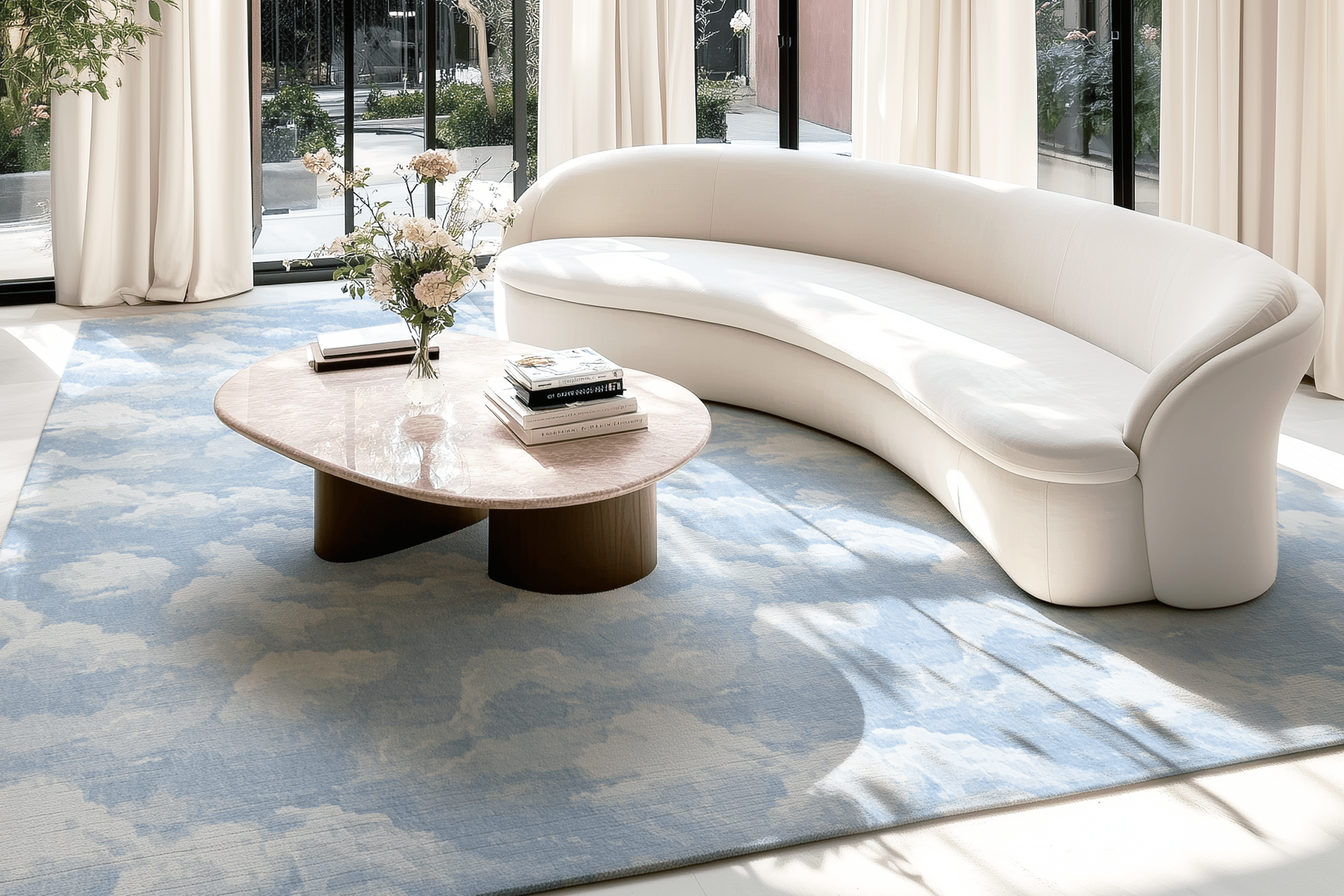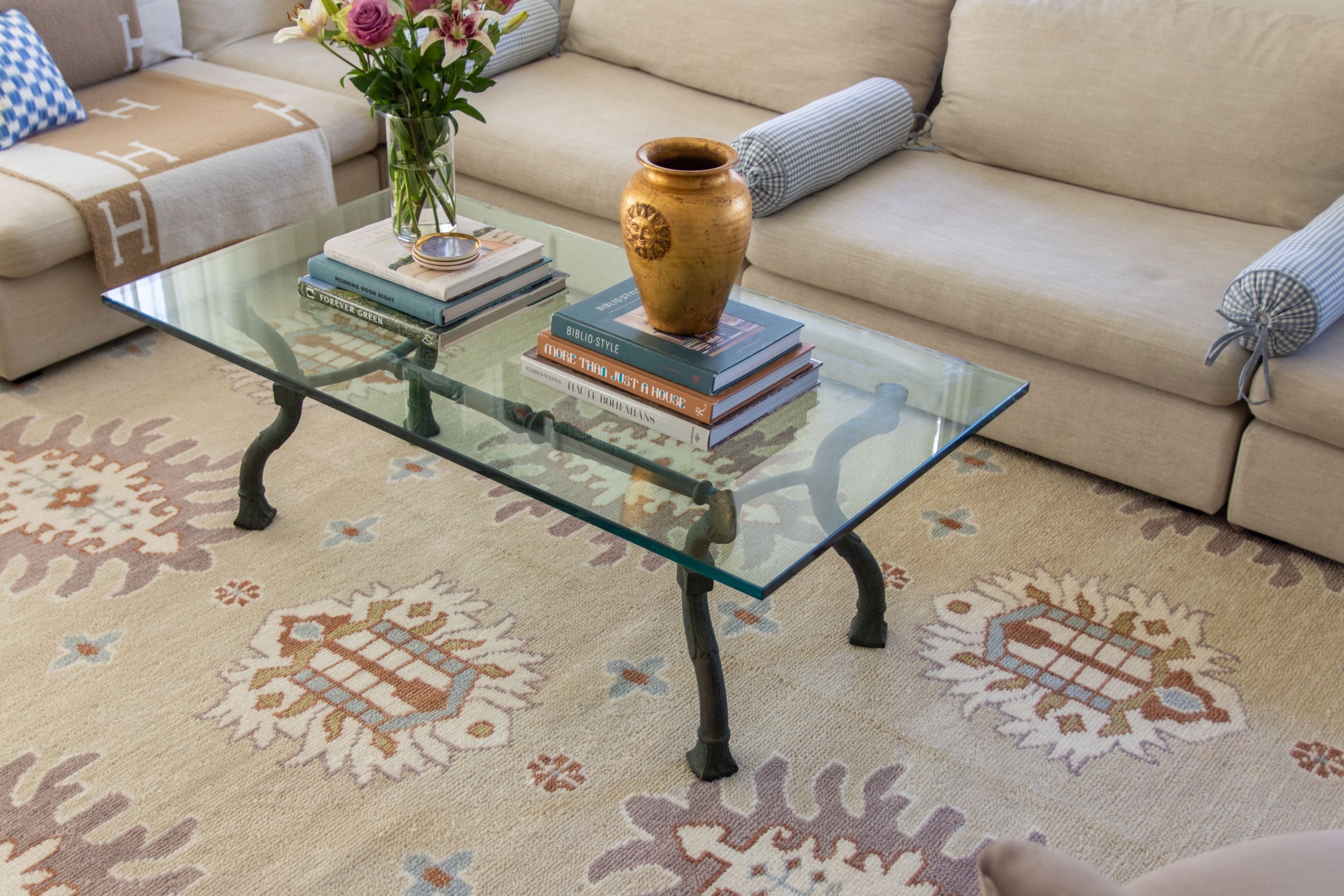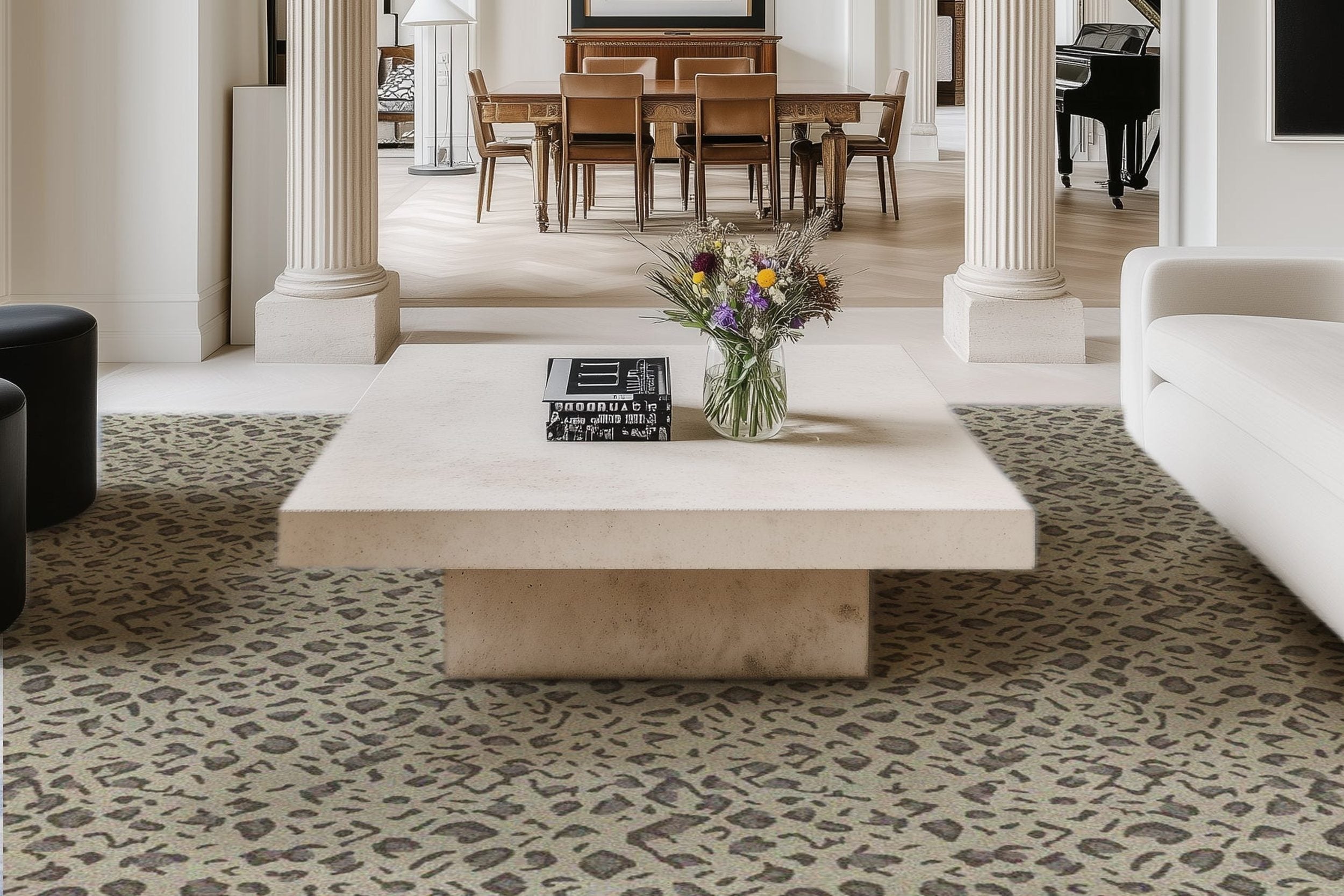7 Best Light Fixtures for Low Ceilings: Modern & Stylish Picks
 Lighting a room with a low ceiling isn't just about cramming in whatever fits. The wrong fixture can make a space feel like a shoebox, while the right one might just trick the eye into seeing more height than there is. Basements, small bedrooms, cozy living rooms, each has its quirks. And while some swear by a certain style, others find it falls flat. So, what's really out there?
Lighting a room with a low ceiling isn't just about cramming in whatever fits. The wrong fixture can make a space feel like a shoebox, while the right one might just trick the eye into seeing more height than there is. Basements, small bedrooms, cozy living rooms, each has its quirks. And while some swear by a certain style, others find it falls flat. So, what's really out there?
This article covers:
-
Fixture types for low ceilings (and why some are more hype than help)
-
Design moves that might make rooms feel bigger, or not
-
Mistakes that keep popping up, despite all the advice
-
Tips from pros who don't always see eye to eye
What Are the Best Fixture Types for Low Ceilings?
Low ceilings demand a little humility from lighting. No one wants a fixture that eats up precious headroom or makes the space feel even tighter. But does every "expert pick" really deliver? Let's break down the usual contenders and where they sometimes fall short.
1. Flush Mount Ceiling Lights: The Go-To Choice
Flush mounts get a lot of love. They hug the ceiling, supposedly maximizing space and spreading light evenly. Bedrooms, hallways, and kitchens are their stomping grounds. Wide, shallow designs with frosted glass or simple trims are said to "disappear" into the ceiling. But is "disappearing" always a good thing? Some find them a bit bland, even if they do the job.
2. Semi-Flush Mounts: A Bit More Style
Semi-flush fixtures dangle just a few inches below the ceiling. They're the compromise, enough drama to catch the eye, but not so much that they get in the way. Living rooms and entryways often see these, but there's a catch: anything with a drop over 12 inches can start to feel intrusive. And yet, some designers push the limits anyway. Who's right?
3. Recessed Lighting: Clean and Unobtrusive
Recessed lights (or "can lights," for those who like jargon) are the minimalist's dream. Nothing hangs down, nothing to bump into. They're great for modern spaces, but installation can be a pain, especially in older homes. And if the grid isn't planned well, dark spots can sneak in. Some pair them with a linear light for a bit more flair, but does that really solve the problem?
4. Track Lighting: Flexible and Modern
Track lighting is the chameleon of the bunch. Aim the lights wherever, change things up on a whim. Kitchens, home offices, and hallways benefit from the flexibility. Linear lights can run the length of a room, but some say they look a bit "commercial." Is that a fair critique, or just old-school thinking?
5. Wall Sconces & Accent Lighting: Layer It Up
Wall sconces sidestep the ceiling altogether. Living rooms, bedrooms, and hallways get a boost without losing headroom. Sconces can highlight art or brighten a reading nook, but wiring can be a hassle. Accent lighting, like LED strips above cabinets, is another trick. Some claim it makes rooms feel taller, but is that just wishful thinking?
6. Pendant Lights & Chandeliers: Yes, You Can (With Limits)
Pendants and chandeliers aren't off-limits, despite what some guides say. The trick is to go compact and keep the drop short. A white chandelier over a dining table can look elegant, if it doesn't threaten to bonk someone on the head. Always measure, but even then, surprises happen. Is the risk worth the reward?
How Do You Design for Low Ceilings?
Designing for low ceilings is a balancing act. The fixture is just one piece of the puzzle; color, placement, and layering all play a role. But does any single strategy guarantee success?
7. Layered Lighting for Depth
Relying on a single overhead light is a rookie move, or so the experts say. Mixing in wall sconces, floor lamps, and table lamps fills in shadows and opens up the space. A living room with a flush mount, sconces, and a floor lamp should feel airy. But sometimes, it just feels cluttered. Is there a magic formula, or is it all trial and error?
Color, Finish, and Fixture Scale
Light colors bounce light around, making rooms feel bigger, or so the story goes. White or pale fixtures, slim designs, and low profiles are the usual recommendations. Dark finishes and chunky shapes? Supposedly a no-go. But every so often, a bold, dark fixture steals the show. Are the "rules" meant to be broken?
Dimmers and Smart Controls
Dimmers let the mood shift on demand. Smart bulbs can change color temperature, which sounds futuristic but sometimes just adds confusion. LED bulbs are the darling of the lighting world, cool, long-lasting, and efficient. But do they really make a difference in how a room feels, or is it just about saving on the electric bill?
What Mistakes Should You Avoid?
It's easy to trip up when lighting a low-ceilinged room. But are these mistakes as disastrous as they're made out to be?
-
Oversized Fixtures: Big lights can crowd a room, but what's "oversized" for one space might be perfect for another. Some designers break this rule and pull it off.
-
Poor Placement and Inadequate Lighting: Sticking a light in the center and calling it done is a common misstep. Mapping out corners, work areas, and walkways is the advice, but who really does this every time?
-
Ignoring Ceiling Height in Fixture Choice: Measuring before buying is smart, but even the best plans can go sideways. A fixture that looks perfect online might feel all wrong in person.
So, are these mistakes fatal, or just bumps in the road? The debate continues.
What Do Experts Say About Lighting Low Ceilings?
Lighting pros love to share their wisdom, but even they don't always agree. Some swear by wide, multi-bulb, semi-flush mounts, just not too deep, warns interior designer Emily Henderson. Others, like lighting designer John Cullen, insist that layering is the real secret: "Use a mix of ceiling, wall, and floor lights to create depth and avoid a flat look."
But what about planning? Sketching out the room, marking where light is needed, and thinking about how the space is used, reading, cooking, and relaxing are all recommended. Yet, even the best-laid plans can go awry.
Comparison Table: Best Fixture Types for Low Ceilings
Tables like this one promise clarity, but real-world results can be messier. Still, it's a starting point, just don't expect it to solve every problem.
|
Fixture Type |
Height Off Ceiling |
Best Rooms |
Pros |
Cons |
|
Flush Mount |
0-6 inches |
Bedrooms, halls |
Space-saving, bright |
Can look plain |
|
Semi-Flush Mount |
6-12 inches |
Living, entry |
Stylish, more options |
Needs more clearance |
|
Recessed |
0 inches |
Any |
Invisible, modern |
Needs ceiling access |
|
Track/Linear |
2-6 inches |
Kitchen, office |
Flexible, directional |
Can look utilitarian |
|
Wall Sconce |
N/A |
Living, bedroom |
Adds layers, saves space |
Needs wall wiring |
|
Pendant/Chandelier |
8-18 inches* |
Dining, kitchen |
Statement piece, focused |
Only if compact/adjustable |
*Only use pendants/chandeliers with short drops or above tables/counters.
Notice how every "pro" comes with a "con"? That's the reality, no fixture is perfect for every space.
Room-by-Room Lighting Ideas for Low Ceilings
Every room has its quirks, and lighting is no exception. The so-called "best" approach can shift depending on who's asked, or what mood the room is in.
-
Bedroom: Flush or semi-flush fixtures are the usual picks. Wall sconces for reading or a soft glow can help, but too many layers might feel busy. Simplicity is the safe bet, but sometimes a bold choice pays off.
-
Kitchen: Track lighting or a linear light over the island is said to offer targeted brightness. Recessed lights fill in the rest, and under-cabinet strips help with prep. But does this combo always work, or does it sometimes fall flat?
-
Living Room: Layering a flush mount with wall sconces and a floor lamp is the classic move. Accent lighting behind shelves or art can add height, but too much can feel cluttered. Where's the line?
-
Hallway/Entry: Flush mounts or a row of small recessed lights are the go-to. Wall sconces add a welcoming touch, but only if there's space. Sometimes, less really is more.
FAQs
What type of lighting is best for low ceilings?
Flush mounts, recessed lights, and track lighting are the usual recommendations. But the "best" really depends on the room, the style, and sometimes just plain luck with the layout.
What light fixture makes the ceiling look higher?
Flush-mounted fixtures in light colors are said to help, and uplighting from wall sconces can create the illusion of height. Still, some argue that no fixture can truly "raise" a ceiling, at least not without a little design magic.
Can you use a chandelier with a low ceiling?
Yes, but only if it's compact or has an adjustable drop. A white chandelier with a short profile can work over a dining table, but opinions differ on whether it's worth the risk of a crowded look.
How do you avoid making a low ceiling feel cramped?
Low-profile fixtures, light colors, and layered lighting are the standard advice. Oversized or dark fixtures are usually discouraged, but every so often, someone breaks the rule and nails it.
Browse by Category

Design Projects
Explore interiors from client work and personal renovations — layered, livable, and always in progress.
read more →
Collaborations
From product launches to styled spaces, discover the brand stories I’ve helped bring to life.
read more →
The Notebook
A growing archive of iconic designers, inspiring artists, and unforgettable design moments.
read more →
Travel by Design
Wander with a designer’s eye — from charming hotels and city guides to visual inspiration abroad.
read more →




